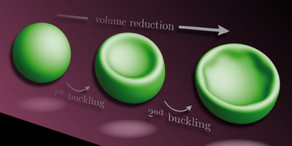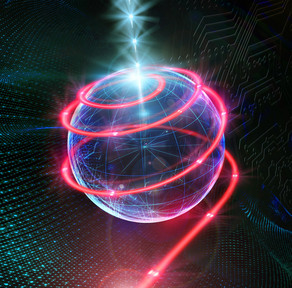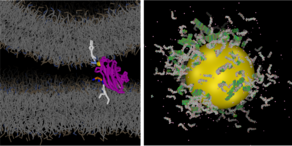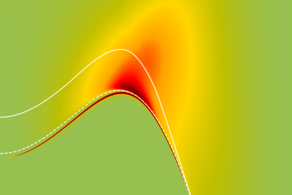Finite pulses for new quantum optical effects
- Reiter
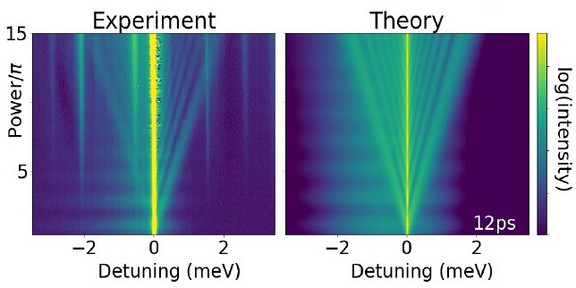
The Mollow triplet is a well-established phenomenon in quantum optics. If a two-level system like an atom or a quantum dot is excited by a continuous laser pulse, three lines in the spectrum appear, on at the laser frequency and two Mollow peaks at its sides. Now imagine, we consider a finite laser pulse instead of a continuous one. Then it was predicted that additional lines appear in the spectrum between the three Mollow peaks.
Our experimental colleagues from the Müller group at Technical University of Munich have seen this behaviour in the experiment: By considering a quantum dot and exciting it with pulses of the length of a few picoseconds, additional lines appear. We have performed numerical quantum optical simulations to support their finding, which are in excellent agreement. Because a quantum dot is a solid-state object, we could also show that the electron-phonon interaction plays a role and phonon sideband appear.
Understanding fundamental excitation in quantum systems is essential for building future quantum technology applications.



